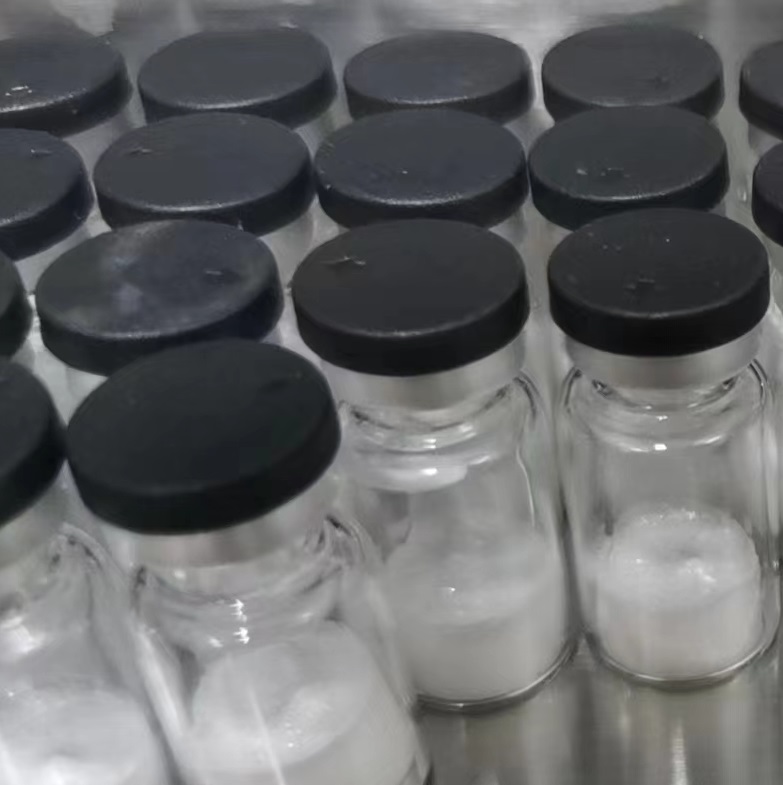-
Categories
-
Pharmaceutical Intermediates
-
Active Pharmaceutical Ingredients
-
Food Additives
- Industrial Coatings
- Agrochemicals
- Dyes and Pigments
- Surfactant
- Flavors and Fragrances
- Chemical Reagents
- Catalyst and Auxiliary
- Natural Products
- Inorganic Chemistry
-
Organic Chemistry
-
Biochemical Engineering
- Analytical Chemistry
- Cosmetic Ingredient
-
Pharmaceutical Intermediates
Promotion
ECHEMI Mall
Wholesale
Weekly Price
Exhibition
News
-
Trade Service
Periodontitis is one of the most common oral inflammatory diseases, mainly affecting the periodontal tissue by affecting the host immune system and bone homeostasis.
Since bacterial imbalance is the main cause of periodontitis, antibiotics are widely used clinically to treat periodontitis, but the effect is not satisfactory
Sulfonylureas are the earliest and most widely used oral hypoglycemic agents for the treatment of type 2 diabetes
The main cause of alveolar bone loss in periodontitis is an imbalance of bone metabolism, mainly due to the increased number and activity of osteoclasts
In a rat periodontitis model, oral administration of glyburide significantly inhibited the infiltration of inflammatory cells and osteoclasts in periodontal tissue
Effects of sulfonylureas on bone metabolism and vascular function
Sulfonylureas stimulate pancreatic beta cells to increase insulin secretion, a bone anabolic factor that acts through insulin receptor substrate (IRS) signaling and glucose uptake
In conclusion, sulfonylureas have multiple therapeutic potentials beyond the traditional treatment of diabetes
Periodontitis, diabetes, and periodontitis-diabetic comorbidities affect a variety of local and systemic functions, and sulfonylureas have shown potential to mitigate these effects
The above studies have shown that sulfonylureas may have therapeutic effects by directly acting on periodontitis, suggesting that they may be used alone in the treatment of periodontitis
References: 1.
2.







